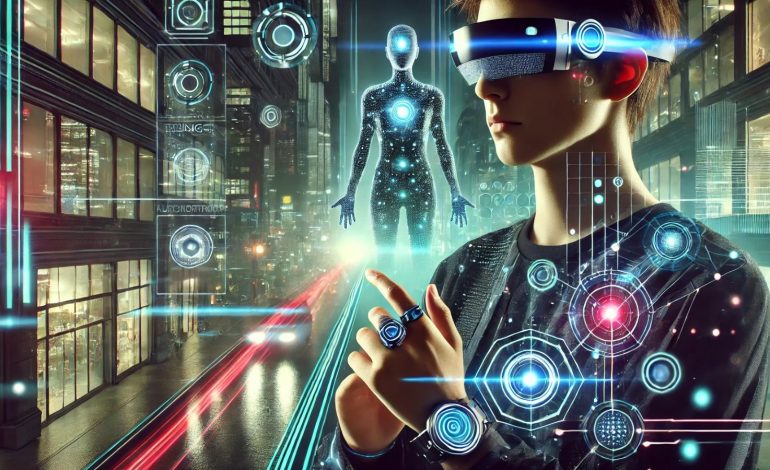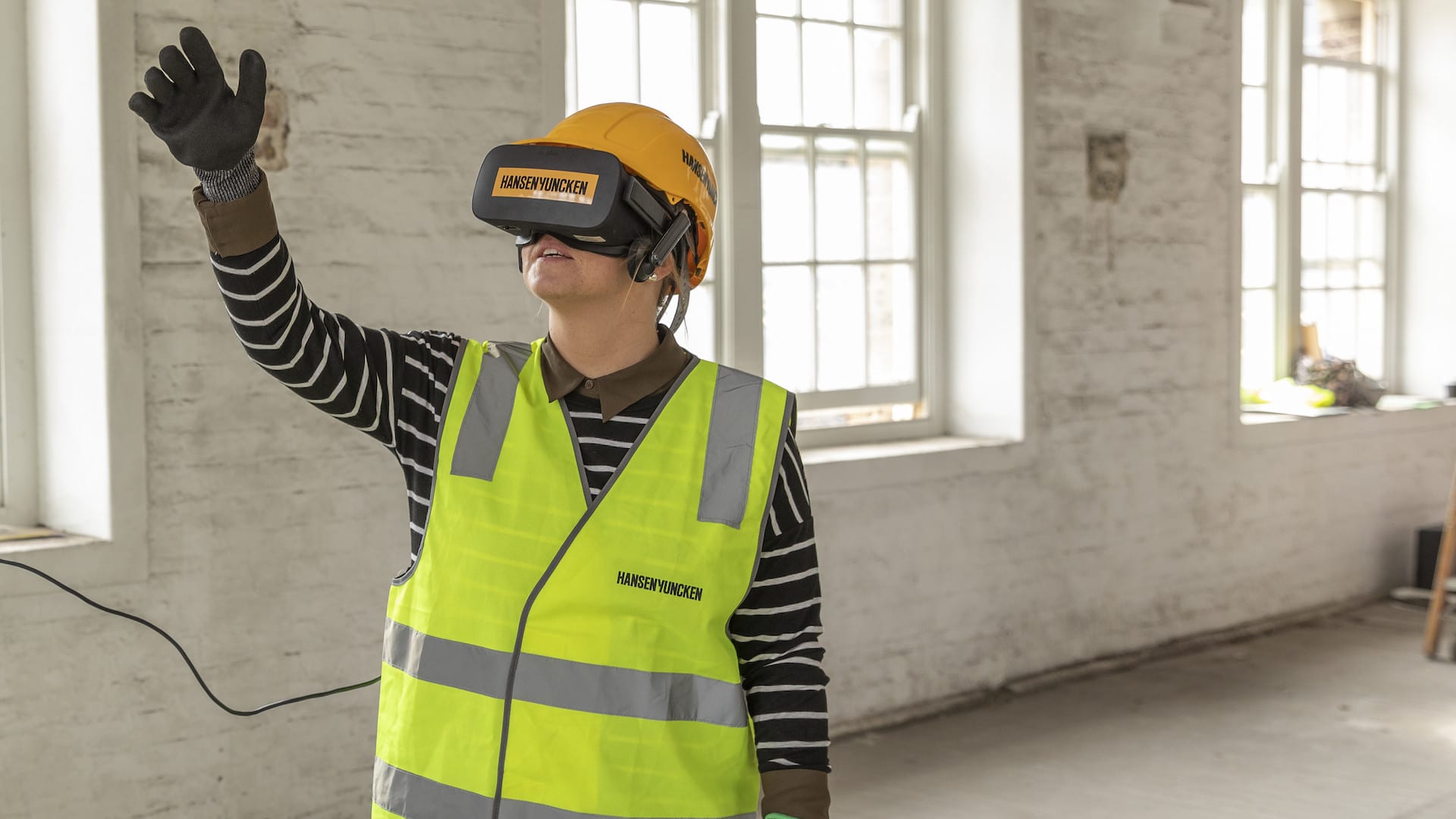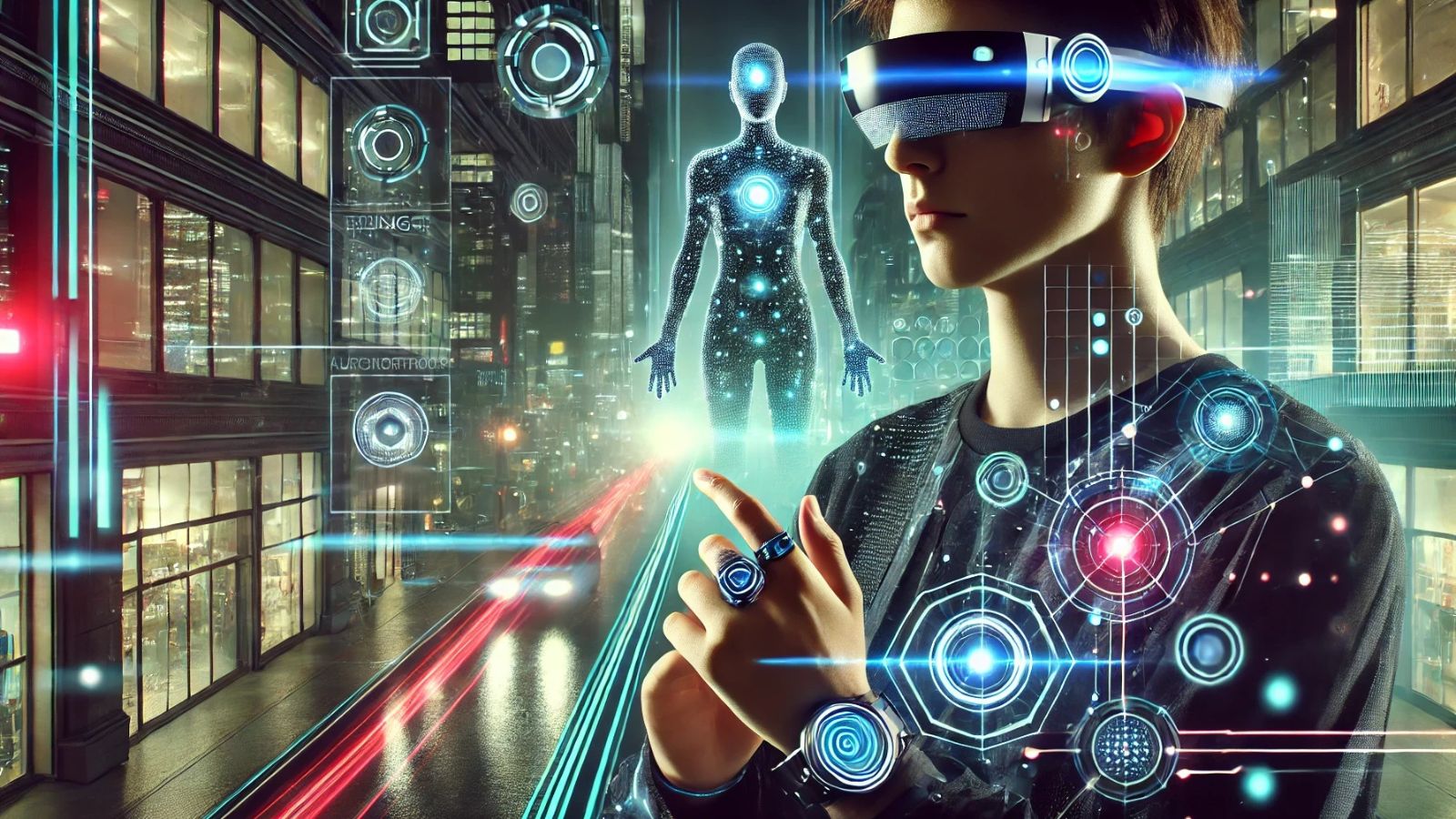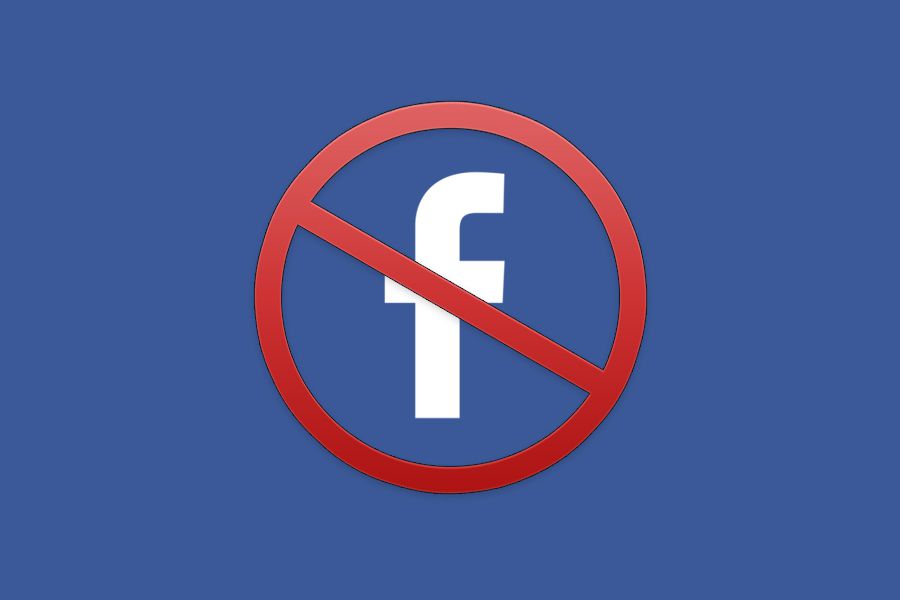The Evolution of Everyday Technology: How Innovation Is Reshaping Modern Life

Technology has always been a driver of progress, from the invention of the printing press to the rise of the internet. In today’s world, however, the pace of innovation is faster than ever before, transforming not only industries but also the way people live, work, and connect. What once seemed futuristic—artificial intelligence, smart homes, self-driving cars—is increasingly becoming part of everyday life.
This article explores how general technology is reshaping modern society, highlighting its benefits, challenges, and what we might expect in the years ahead.
Technology in Daily Life
For most people, technology is no longer confined to offices or research labs. It surrounds us at home, in schools, during travel, and even in our pockets. Smartphones, once considered luxury devices, are now essential tools for communication, navigation, shopping, and even healthcare.
The integration of technology into everyday routines has blurred the line between the digital and physical worlds. From smart refrigerators that track groceries to wearable devices that monitor heart rates, the average person’s lifestyle is increasingly powered by connected devices.
Key Areas of Technological Transformation
1. Artificial Intelligence (AI)
AI is perhaps the most significant driver of today’s tech revolution. Machine learning algorithms power everything from voice assistants like Siri and Alexa to recommendation systems on Netflix and YouTube. In business, AI helps analyze massive datasets, automate tasks, and even predict consumer behavior.
Healthcare also benefits from AI, with algorithms capable of detecting diseases earlier and more accurately than traditional methods. For example, AI-driven diagnostics can scan medical images to identify potential tumors or heart conditions with high precision.
2. Cloud Computing
Cloud technology has reshaped how individuals and organizations store and access data. Instead of relying solely on physical hardware, users now store files, photos, and software in virtual environments accessible anywhere with an internet connection.
This shift enables collaboration across the globe. Companies can scale operations quickly, and individuals enjoy convenient storage and backup solutions through platforms like Google Drive, Dropbox, and iCloud.

3. The Internet of Things (IoT)
The IoT connects everyday objects to the internet, allowing them to send and receive data. Smart thermostats learn user preferences to optimize energy usage, fitness trackers monitor activity, and connected cars improve navigation and safety.
The promise of IoT lies in creating more efficient, personalized, and sustainable living environments, though it also raises important questions about privacy and data security.
4. 5G Connectivity
The rollout of 5G networks is enhancing the speed and reliability of internet connections. This improvement supports high-demand applications like virtual reality, telemedicine, and real-time gaming. For businesses, 5G opens the door to faster innovation in automation, logistics, and remote operations.
5. Automation and Robotics
From robotic vacuum cleaners to factory assembly lines, automation reduces human labor in repetitive tasks while increasing efficiency. In logistics, drones are being tested for package deliveries, and autonomous vehicles promise to revolutionize transportation.
While automation creates efficiency, it also sparks debate about job displacement and the future of work.
Benefits of Rapid Technological Growth
The impact of these innovations is evident across multiple dimensions of modern life.
-
Efficiency and Productivity: Technology automates routine tasks, giving people and organizations more time to focus on strategic goals.
-
Access to Information: The internet provides unparalleled access to knowledge, education, and global news.
-
Healthcare Advancements: Wearable devices, telemedicine, and AI diagnostics improve patient care and accessibility.
-
Global Connectivity: Social media, video calls, and collaboration tools connect people across continents in real time.
-
Sustainability Solutions: Smart grids, renewable energy innovations, and digital monitoring help address environmental challenges.
Challenges and Risks
Despite its benefits, technology also introduces new challenges that society must address.
Privacy Concerns
With smart devices constantly collecting data, privacy has become a critical issue. From targeted advertising to potential government surveillance, individuals are more exposed than ever.
Cybersecurity Threats
As systems become more connected, they also become more vulnerable to attacks. Cybercrime, data breaches, and ransomware can affect individuals, companies, and governments alike.
Job Displacement
Automation and AI threaten to replace some human roles, particularly in manufacturing, logistics, and administrative work. While new jobs will emerge, the transition requires significant reskilling.
Digital Divide
Not everyone has equal access to technology. Many rural and low-income areas still lack reliable internet, creating disparities in education, healthcare, and economic opportunity.
Technology and the Future of Work
One of the most significant impacts of general technology is in the workplace. Remote work, powered by collaboration platforms like Zoom, Slack, and Microsoft Teams, became mainstream during the COVID-19 pandemic. For many, this shift highlighted the potential for flexible, tech-enabled work environments.
Future workplaces will likely combine physical and digital spaces. Virtual reality could host meetings, AI might automate reporting, and cloud platforms will enable seamless global collaboration. Yet, businesses must also focus on digital wellness, ensuring employees don’t face burnout from being constantly “online.”
Emerging Technologies to Watch
As technology continues to advance, several innovations are expected to play a larger role in the coming decade:
-
Quantum Computing – Offering unprecedented processing power to solve complex problems in fields like medicine and finance.
-
Augmented Reality (AR) and Virtual Reality (VR) – Redefining entertainment, education, and professional training.
-
Biotechnology – Combining tech with biology to enhance healthcare, agriculture, and even human longevity.
-
Green Tech – Innovations aimed at combating climate change, from carbon capture systems to sustainable energy grids.
-
Blockchain Beyond Crypto – Applications in supply chains, voting systems, and digital identity management.
Striking a Balance with Technology
The rise of technology also requires a thoughtful approach. Striking a balance between digital use and offline living is key to maintaining health and well-being.
-
Digital Wellness: Taking breaks from screens, practicing mindful tech use, and setting boundaries help prevent burnout.
-
Tech Literacy: Understanding how technology works reduces vulnerability to scams and misinformation.
-
Ethical Innovation: Companies and policymakers must prioritize ethical design to ensure tech serves humanity fairly.

Conclusion
Technology is no longer a separate industry—it is the thread woven through every aspect of modern life. From AI and IoT to 5G and robotics, innovation is shaping how we live, work, and connect. While it brings extraordinary opportunities, it also presents challenges that require careful navigation.
Ultimately, the goal of technology should not be to replace the human experience but to enhance it. By embracing innovation responsibly and addressing its risks, we can build a future where technology empowers people, strengthens communities, and creates a more connected and sustainable world.








